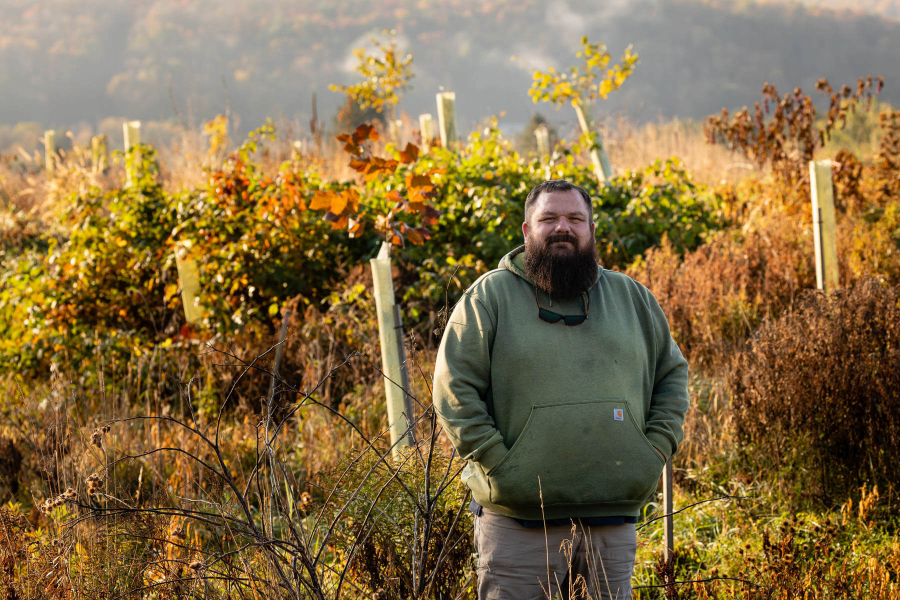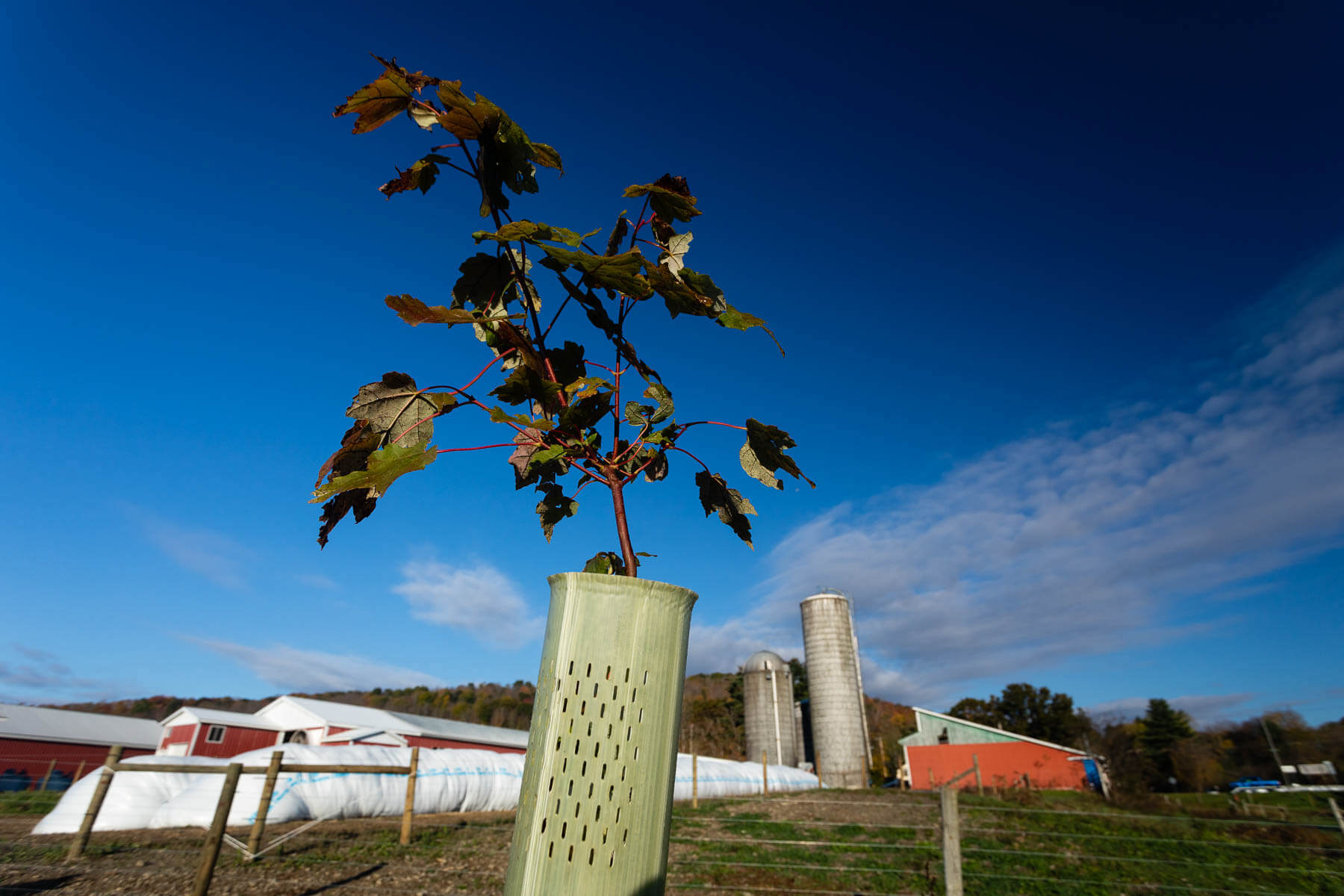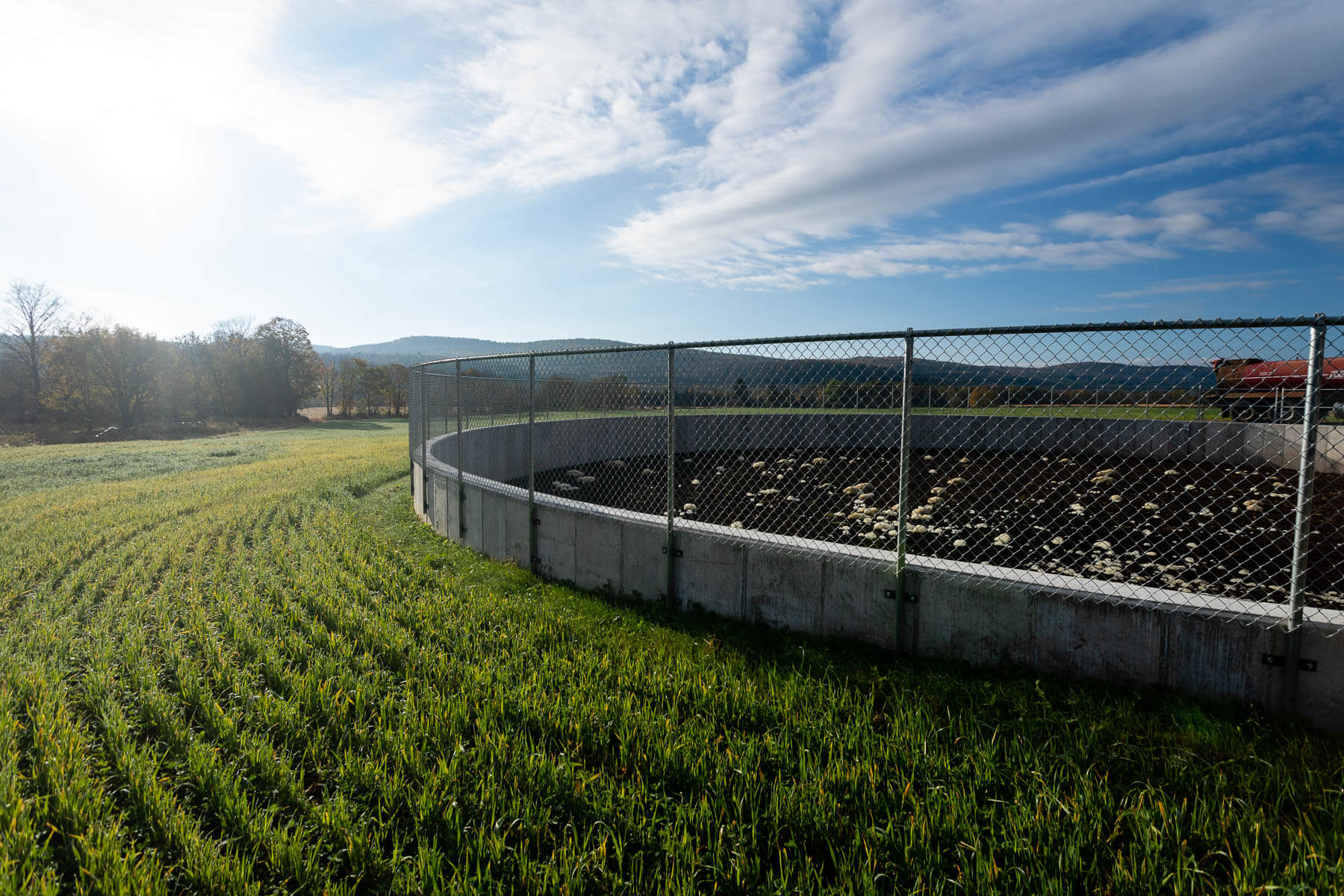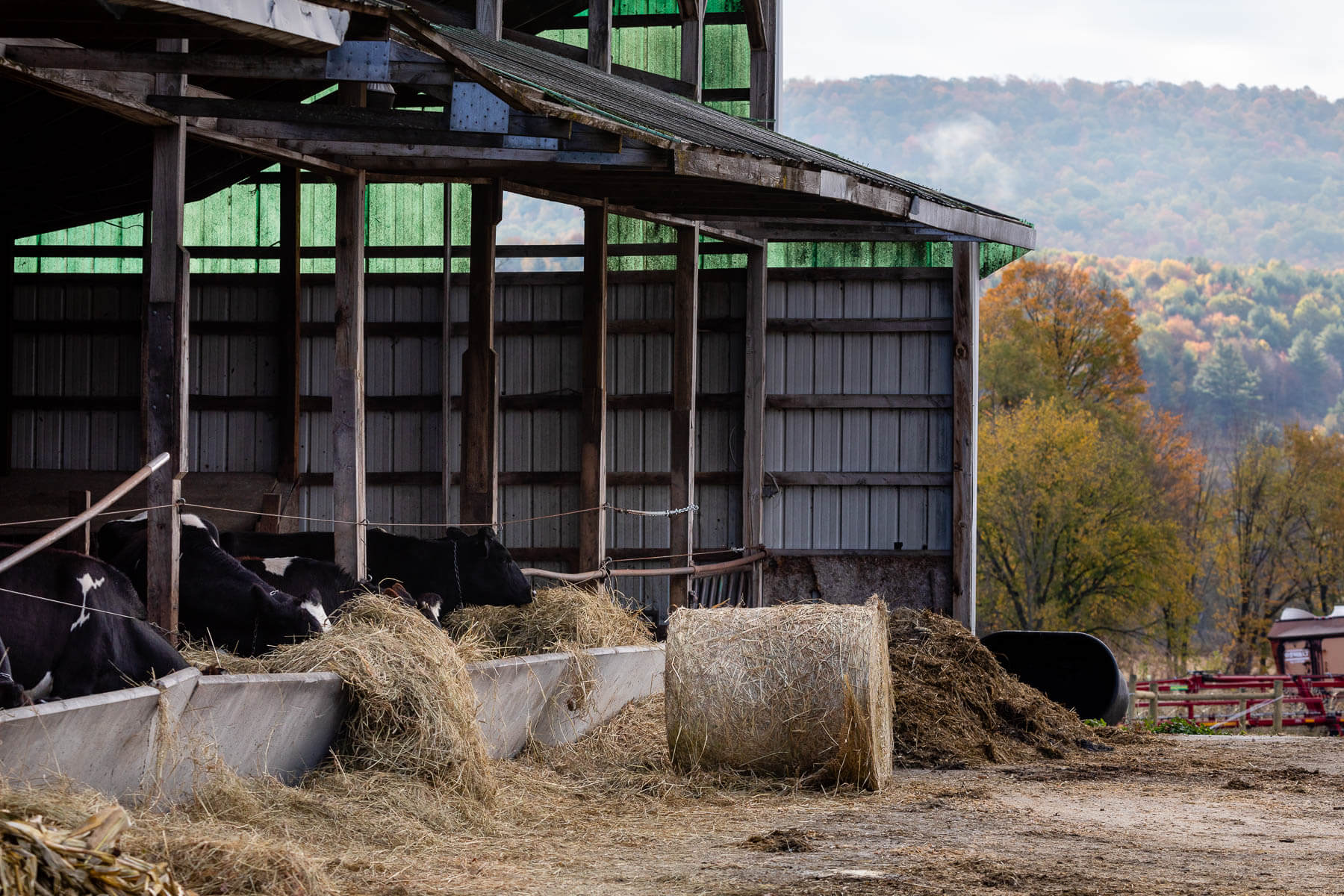Twenty years later, the restoration efforts on a New York farm help secure its future
The Otsego County Soil and Water Conservation District goes virtual to tour impactful conservation practices

Farmland makes up almost a third of the Chesapeake Bay watershed’s 64,000 square miles, so much of the restoration effort can be found on the roughly 83,000 farm operations in the region. At the ground level, it’s often staff from local soil and water conservation districts who work with farmers, offering technical advice, helping secure funding and seeing restoration projects through to completion.
In New York, the Otsego County Soil and Water Conservation District (SWCD) often leads farm tours to demonstrate some of the projects they help farmers implement to reduce pollution. Because of the coronavirus pandemic, they took their most recent farm tour virtual. This offered people from not only New York, but across the watershed, a unique look at some of the conservation efforts that is helping the state fight pollution. Because of the coronavirus pandemic, they took their latest farm tour virtual. This offered people from not only New York, but across the watershed, a unique look at some of the conservation efforts that is helping the state fight pollution.

Since 2010, for example, the Otsego County SWCD has helped farmers and other stakeholders to plant nearly 80 acres of riparian forest buffers—the streamside trees that filter pollution and otherwise protect waterways.
One of those buffers can be found at Beecher Farm in the town of Morris, where a line of spruce trees was first planted about fifteen years ago. Today, newly planted trees are still in their protective tubes, while the oldest trees stand straight and tall while shading Calhoun Creek, a classified trout stream.
Owner and operator Jim Beecher’s restoration efforts began soon after he purchased the farm with his parents in 2000. Along with the property he acquired its preexisting issues.
“The previous tenant had problems with manure from the heifer barn running into the stream,” Beecher said, during the virtual tour.
In 2001, Beecher was able to install a concrete pad to contain the manure, with funding from the U.S. Department of Agriculture’s Natural Resources Conservation Service (NRCS). In recent years, additional projects have included stream stabilization, fencing and manure storage. A sealed manure pit now stores up to 158,000 gallons, allowing Beecher to hold manure until it can be spread properly and absorbed by his crops later in the year—reducing pollution and saving him the expense of buying commercial fertilizer.

“It’s actually brown gold, because it’s worth a lot of money, what’s sitting in that pit right there,” said Jeanine Harter, a soil conservation technician with NRCS.
The range of funding sources for projects at Beecher Farm includes NRCS’ Environmental Quality Incentive Program as well as the Upper Susquehanna Coalition, USDA’s Conservation Reserve and Enhancement Program and New York State Department of Agriculture and Markets’ non-point source control program.
Otsego County SWCD Manager Jordan Clements credited Beecher’s proactive approach to issues on the farm, which have included erosion and flooding.
“That’s why I like to show off this [farm], because we have such diverse funding sources and projects that were done here,” Clements said.

Clements said that economic factors can be an enticement for a farmer looking to install conservation practices. Saving soil from erosion is a benefit to crops, for example, and upgraded facilities make the operation more attractive if an owner is forced to sell.
“But by no means does that play a role in how we work with the farms,” Clements said. “Our only concern is the conservation end of it—maintaining the quality of soil and water here.”
They do have to plan ahead, however. A farm that is about to be retired permanently might not be as high of a conservation priority as one that is looking to grow.
While hard economic conditions have forced many dairies to go out of business, the investments at Beecher Farm have helped prepare it for the future.
“Over [the past] 20 years, there’s been a tremendous amount of best management practices that have been implemented on this farm to ensure the potential for future generations that will be able to operate this in an environmentally sound manner,” Harter said.

Comments
Another great article and pics. Thanks so much!
Thank you!
Your comment has been received. Before it can be published, the comment will be reviewed by our team to ensure it adheres with our rules of engagement.
Back to recent stories